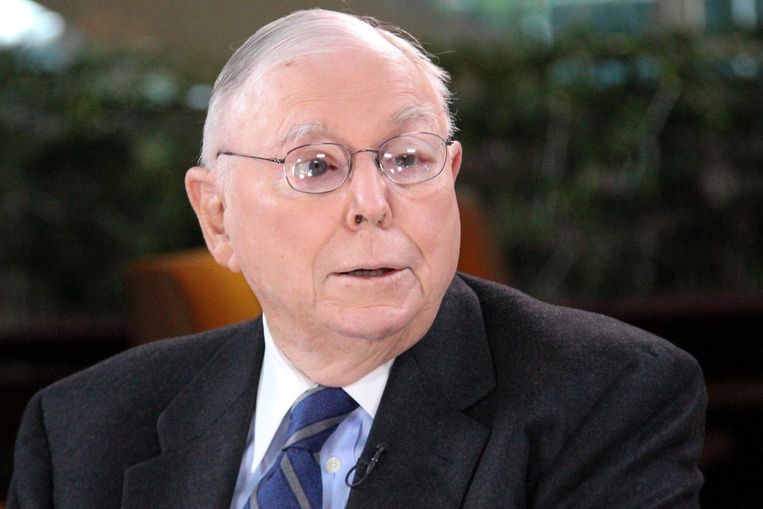It won’t be as bad as it was in 2008, said Charlie Munger, Warren Buffett’s right-hand man, but “everything seems to be becoming a bit too problematic.” The stakes are particularly high in small banks.
A storm is brewing in the US real estate market. That warning was given by Charlie Munger, the 99-year-old right-hand man of CEO Warren Buffett at the Berkshire Hathaway conglomerate. in an interview with the financial times When real estate prices drop, he says, US banks are “full of bad loans.” Then the value of the real estate that the banks have as collateral is less than the value of the credit granted, which means that they risk losses.
Munger has extensive experience in the real estate industry and is an investment expert with the ear of countless investors. “Every bank in the country is less willing to lend to real estate than they were six months ago,” Munger says, and notes that banks already have so many office buildings and shopping centers in their loan portfolios that they are struggling to pay their loans back. “Everything seems to be becoming somewhat problematic.”
According to him, the situation is not as bad as in 2008, when the mortgage market crisis in the United States, the “junk mortgage” crisis, led to a global financial crisis. Munger and Buffett were able to capitalize on this at the time with a profitable investment in investment bank Goldman Sachs, something they repeated three years later with Bank of America. Either way, Berkshire has dealt a financial hit.
Munger is not alone in fearing the new problems in the real estate market. Neil Shearing of research firm Capital Economics recently warned that “residential and commercial mortgages account for nearly a quarter of all US bank assets.” “When real estate prices collapse, loans that seemed safe thanks to their collateral suddenly look like non-performing loans, with significant implications for the health of banks’ balance sheets.”
In addition, there is an additional effect, clipping notes. Real estate accounts for about 30 percent of household wealth in the United States. If housing prices fall sharply, this will also have consequences. Moreover, the situation of families and banks can interact and make everything worse.
Small and medium banks
Commercial real estate prices in the United States have fallen about 5 percent since their peak in mid-2022, and Capital Economics expects them to fall another 20 percent. Small and medium-sized banks finance such transactions. Together, they represent 70 percent of the total outstanding loans in the real estate sector.
To fund this, these banks rely on customer savings. There is a risk in this, because many medium-sized banks have gone bankrupt in the last couple of months when customers withdraw their money en masse. However, these institutions faced specific problems. A Silicon Valley bank, for example, made a lot of loans to the tech sector and was failing to manage risk.
Deposits in small and medium-sized banks are gradually decreasing, largely due to the search for higher wages. “Money market funds offer higher interest rates,” explains Shearing. This puts these banks in a difficult position. Either they raise interest rates on savings and try to keep profits intact by raising interest rates on new loans. Or they sell assets to meet lower deposits.”

“Total coffee specialist. Hardcore reader. Incurable music scholar. Web guru. Freelance troublemaker. Problem solver. Travel trailblazer.”







More Stories
Bitcoin price rises after new jobs data from US
European stock markets open higher | beursduivel.be
Russia’s oil imports to China decline